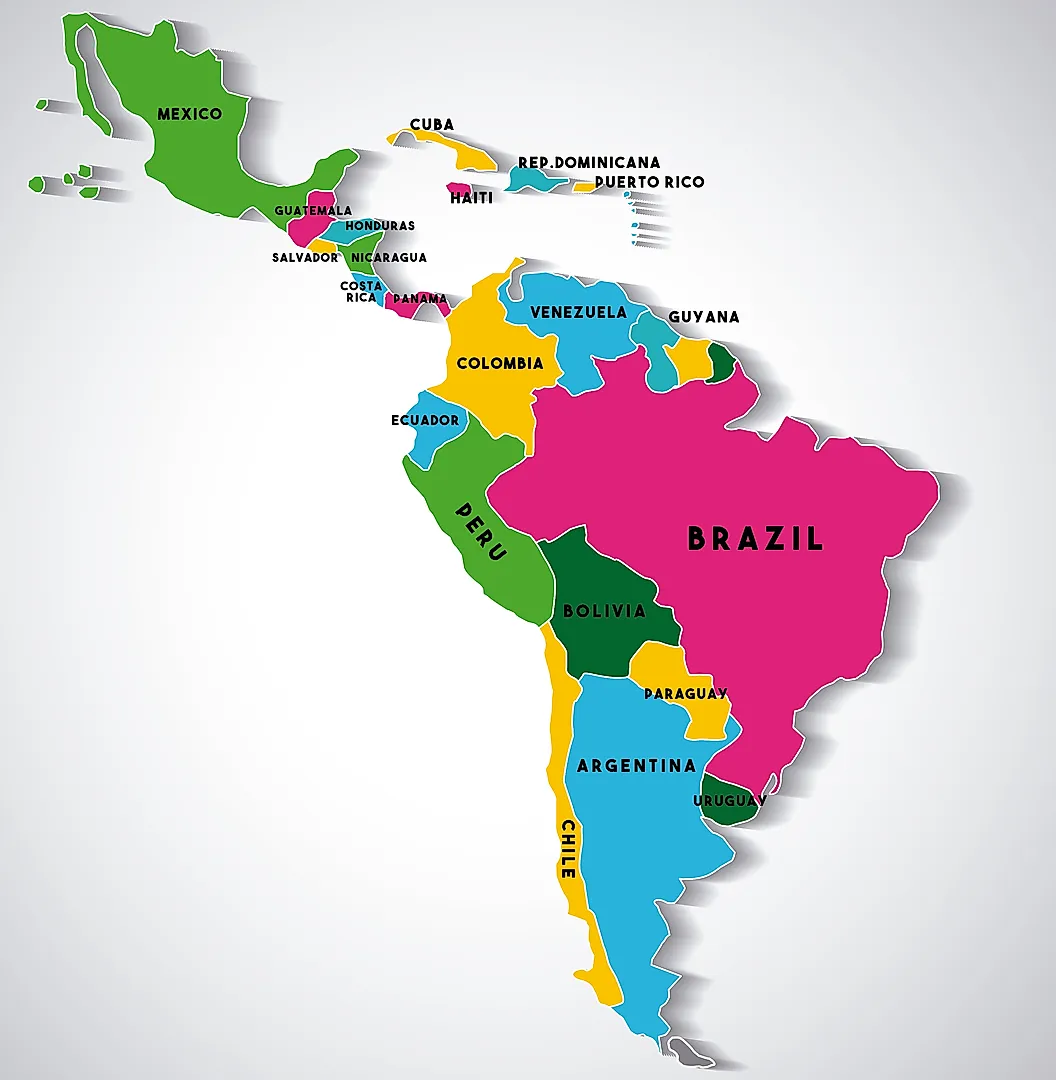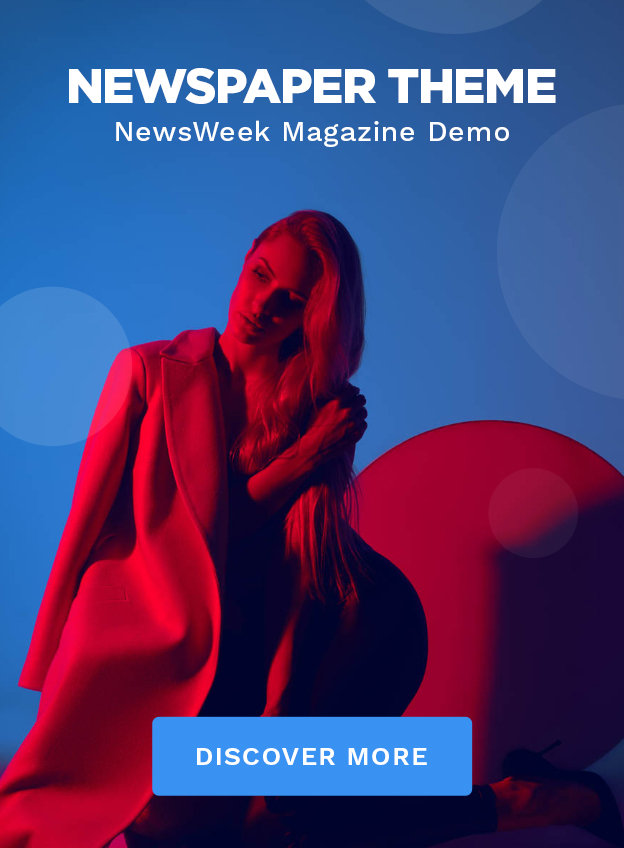Pop rock band Imagine Dragons will be landing in Buenos Aires for their third presentation in Argentina after appearing at the local Lollapalooza lineup in 2018 and doing a solo concert in 2023. Set to play at the San Isidro Racecourse on October 23, the U.S. band will perform songs from their sixth studio album, Loom (2024), along with hits like “Believer,” “Thunder,” and “Radioactive.”
In addition to their genre-bending style of electropop and alternative rock, Imagine Dragons is also known for the visual impact of their shows. The Loom World Tour, their fifth and largest tour to date, features a sprawling stage structured around four towering vertical elements. Inspired by the raw aesthetic and clean geometry of brutalist architecture, the towers alternate between darkness and light in line with the emotions of the album.
Another key element is the 40-meter catwalk that stretches out into the middle of the arena, allowing frontman Dan Reynolds to venture into the crowd and interact with the fans. The show’s musical flow is punctuated by the lighting design and the images on the screen conceived for each song, coupled with camera shots of the audience in between takes.
Imagine Dragons concert. Credit: Andi Elloway. “We wanted it to be more than just cool stuff on a stage. We wanted it to have an emotional impact on people, to make them feel something,” show designer Mitchell Schellinger told the Herald via videocall from Denver, United States. Founder of design studio Station Six, Schellinger is the creative director for Imagine Dragons concerts, in charge of designing the show’s storytelling arch and fan experience together with the band members.
In this interview, Schellinger goes over the main visual features of the show, how they work their way from conceptual idea to fully materialized stage design, and how he can tell if the fans are satisfied with their work. The conversation has been slightly edited for length and clarity.
How does the stage design process begin?
It begins with listening to the record, in this case Loom. I get in my car and experience the music like a fan. Once I’ve done that, I talk to the band and see if we’re on the same page. The goal is to try and turn the emotional response into a visual show. Talking to Dan [Reynolds], he kept coming back to this double take you could place on the word “loom.” It could reference an ominous object “looming” in the distance or be a signal that something great is about to happen. The juxtaposition of these two ideas was what we zeroed in on.
Frontman Dan Reynolds on the catwalk. Credit: Andi Elloway. How did this concept materialize?
The primary structures are the four big monolithic LED screens. They are tall and dark at the beginning, infusing a sense of looming terror literally the second you walk into the stadium. Once the show starts, they light up with all sorts of colorful and organic visuals, giving those ominous structures a lighthearted feel that plays into the two core ideas I mentioned earlier. And the reason for its four towers is because it allows the three main band members to move around and inhabit the crevices between the structures.
I read that the design was inspired by brutalist architecture. Any particular buildings?
I didn’t lean so much on brutalist construction but rather on the idea of how a structure might look after sitting untouched for a hundred years. Nature is going to take over, and you’re going to have vines kind of growing into the concrete and flowers blooming on it. That’s kind of what’s going on when you walk into the arena. The show hasn’t started and the screens aren’t on. All you see are these very hard-edged, tall, looming, monolithic structures. The show is kind of that turning point in which nature takes over and essentially breathes new life into them.
Lighting in an Imagine Dragons show. Credit: Andi Elloway. How do you design the storytelling arc for each show?
That depends on each show. In the previous tour (Mercury World Tour), we had kind of a fixed script that we used with variations on any given night. In this tour, we tried to avoid that, basically because their catalog is so big now and there are like 10 or 11 songs that have over a billion streams. That fills up a big chunk of the show. Also, they’re playing for millions of people around the world, many of whom may have never seen the band before. An ultra-specific storyline based on the album might not make sense to a fan.
What was your approach to lighting and video for this tour?
It’s a very large tour compared to the previous one, and we have deployed a lot of new things. Because of the scale, it was important to have a good IMAG show. That’s image magnification, when you put a camera shot on a LED screen. For this tour we have robotic cameras like we’ve never done before. It’s a whole new look, all new screen content, and all new lighting programming. We brought in new collaborators that we haven’t worked with in the past just to help breathe new light into the show.
Smoke and videos for the Imagine Dragons show. Credit: Andi Elloway. How much equipment does a tour like this require?
For the Europe leg of the tour we just wrapped, we had 26 semi-trucks of equipment that traveled with the band. Add to that another 20 or 30 trucks of cement that were provided locally, and it comes up to about 50 trucks. Because of the distances, in South America they will be using more local provisions and touring with much less. Maybe the equivalent of 5 to 10 semis, only they won’t be trucks but cargo planes, because of the geographical constraints.
What do you hope fans get out of an Imagine Dragons show?
I hope they feel something. I know that sounds somewhat generic, but I think if we do things right, that’s the response you get. I want the experience to feel very cohesive and have the music, the lighting, and the video blend seamlessly. We want them to keep thinking about the show and how it made them feel for the next week or month. Spark something in them.
Do you have a way of knowing if people liked the show?
When we see fans with a huge smile on their face but also tears running down their cheeks, that’s when we know we’ve done our job.
Cover photo credit Andi Elloway.




